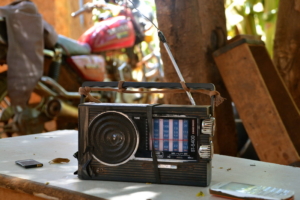 In 2023, 64.2 million East Africans faced acute food insecurity, compounded by communities with low literacy rates, adverse climate instability and poor internet infrastructure. Many lacked the life-sustaining information to aid in the escape from poverty. For Farm Radio International, bridging this gap lies in communication justice, a guiding principle where every person deserves the unalienable right to speak and be informed.
In 2023, 64.2 million East Africans faced acute food insecurity, compounded by communities with low literacy rates, adverse climate instability and poor internet infrastructure. Many lacked the life-sustaining information to aid in the escape from poverty. For Farm Radio International, bridging this gap lies in communication justice, a guiding principle where every person deserves the unalienable right to speak and be informed.
Dialing up Support
Founded in 1975 by George Atkins, Farm Radio International is a Canadian nongovernmental organization (NGO). It works with existing radio stations to improve access to information in sub-Saharan Africa. The organization aims to connect small-scale farmers with life-changing knowledge and opportunities for a stronger voice in their development.
As of 2025, Farm Radio International supports communities across sub-Saharan Africa, a region where approximately 600 million people still lack access to electricity. The charity’s work demonstrates that reducing information loss in rural areas empowers Africans to make informed decisions. This could include knowing when to plant crops, adapting to climate emergencies or addressing health challenges. In sub-Saharan Africa, where 65% of the population relies on radio for news, broadcasters often serve as trusted and vital sources of information.
Following this dynamic, Farm Radio International implemented a network of nearly 1,400 stations across sub-Saharan Africa, all backed by informational resources, content and training. By the end of 2024, the initiative worked with 135 stations across 34 projects, addressing themes like food security, climate flux and gender equality.
Radio Empowers Farmers
Farm Radio International estimates that up to 60% of radio users tune into its programs, with an average of 20% incorporating one recommended practice. While statistically impressive, Farm Radio International prioritizes the impact on individual farmers’ lives. One example in northern Tanzania exhibited how a radio program on agroecology boosted farmers’ average knowledge score about ecologically sustainable agriculture by 62%.
In sub-Saharan Africa, researchers demonstrated how growth from agriculture is 11 times more effective at reducing extreme poverty than any other sector. Therefore, East Africans can expect better nutrition by improving farm systems through increased productivity, higher incomes and broader economic growth. They could also experience increased access to education and a ripple effect of economic activity throughout their communities.
Reflecting on Communication Justice
The vital role of radio as a source of information and support for small-scale farmers in sub-Saharan Africa cannot be overstated. With the longstanding partnership of Farm Radio International and local broadcasters, millions of farmers gain access to life-changing knowledge that empowers them to make informed decisions in the face of challenges like food insecurity.
Through interactive programs and community involvement, these initiatives not only improve agricultural practices but also enhance economic resilience and social equity. As technology continues to evolve, ensuring that radio retains its significance in agricultural communication will be essential for fostering development and empowering marginalized communities across the region.
– Marcus Villagomez
Marcus is based in Galveston, TX, USA and focuses on Technology and Solutions for The Borgen Project.
Photo: Flickr
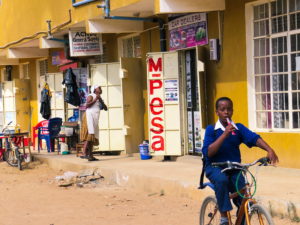
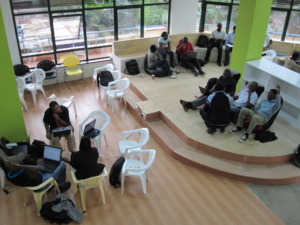
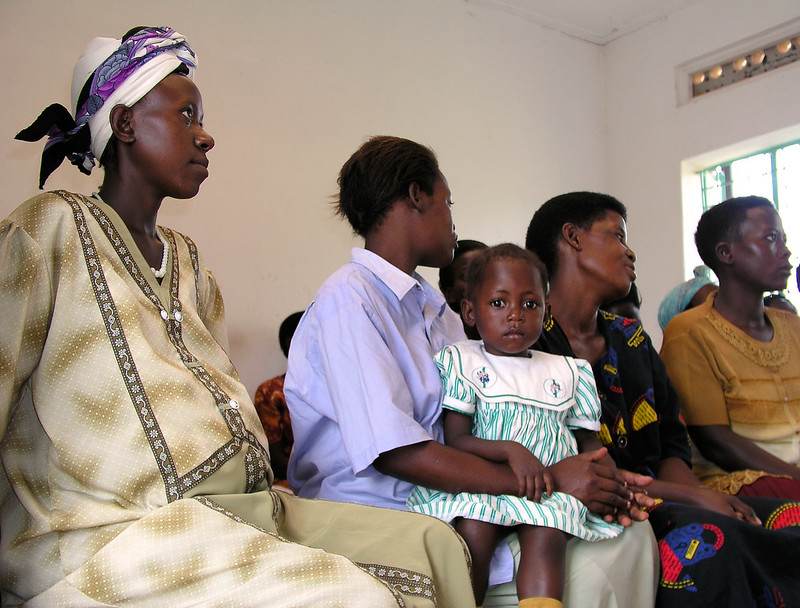 Sub-Saharan Africa is home to
Sub-Saharan Africa is home to 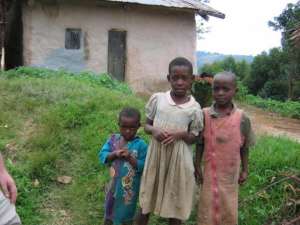
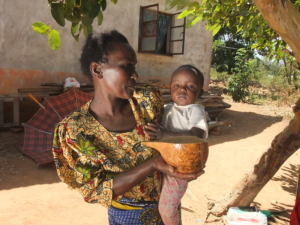
 According to the
According to the  With Africa facing near-unprecedented population growth, urban cities have sparked across the continent. Sub-Saharan Africa, in particular, has become the
With Africa facing near-unprecedented population growth, urban cities have sparked across the continent. Sub-Saharan Africa, in particular, has become the 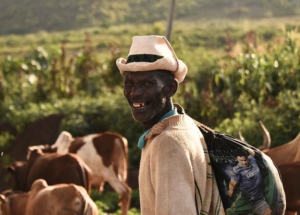 The region of sub-Saharan Africa encompasses an aggregate of nations with diverse geographies, histories and cultures. Furthermore, the countries composing sub-Saharan Africa have diverse needs. From unaffordable health care to regional conflict, the issues besetting sub-Saharan Africa have left many of its inhabitants in poverty. Fortunately, philanthropic organizations have stepped up to the plate to remedy the many challenges affecting sub-Saharan Africa. Three organizations, in particular, have shown that there is not a universal methodology for combating poverty in sub-Saharan Africa.
The region of sub-Saharan Africa encompasses an aggregate of nations with diverse geographies, histories and cultures. Furthermore, the countries composing sub-Saharan Africa have diverse needs. From unaffordable health care to regional conflict, the issues besetting sub-Saharan Africa have left many of its inhabitants in poverty. Fortunately, philanthropic organizations have stepped up to the plate to remedy the many challenges affecting sub-Saharan Africa. Three organizations, in particular, have shown that there is not a universal methodology for combating poverty in sub-Saharan Africa.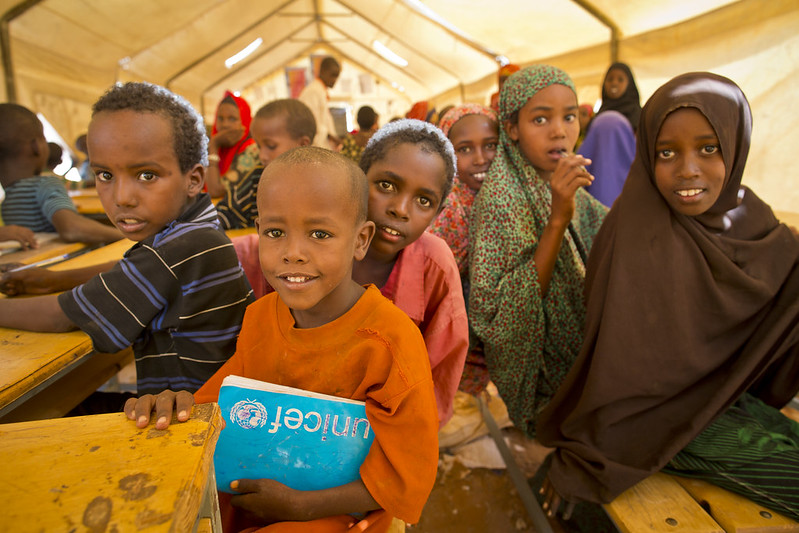 A 2017 report from the United Nations Educational, Scientific and Cultural Organization (UNESCO) reveals that around “
A 2017 report from the United Nations Educational, Scientific and Cultural Organization (UNESCO) reveals that around “